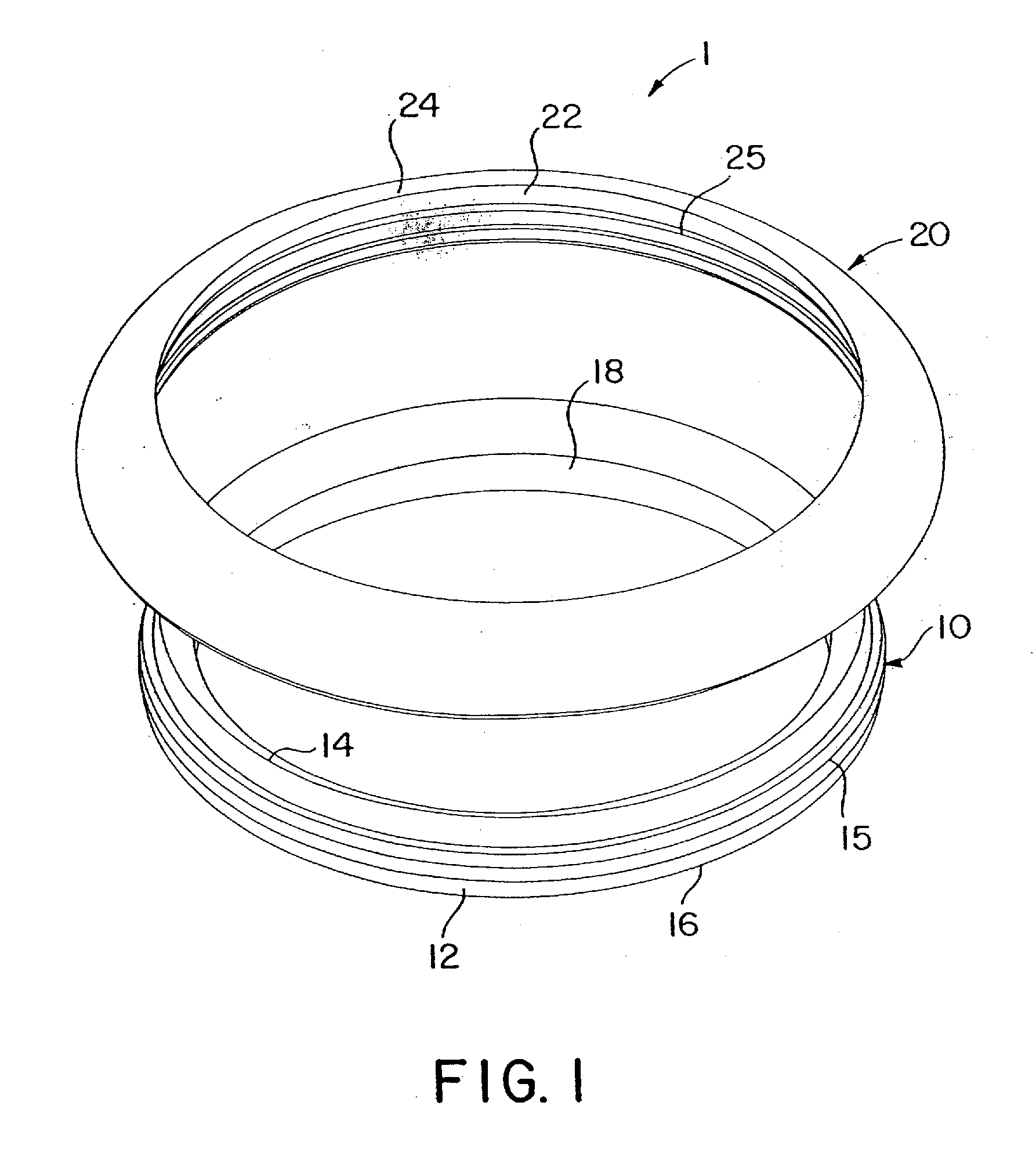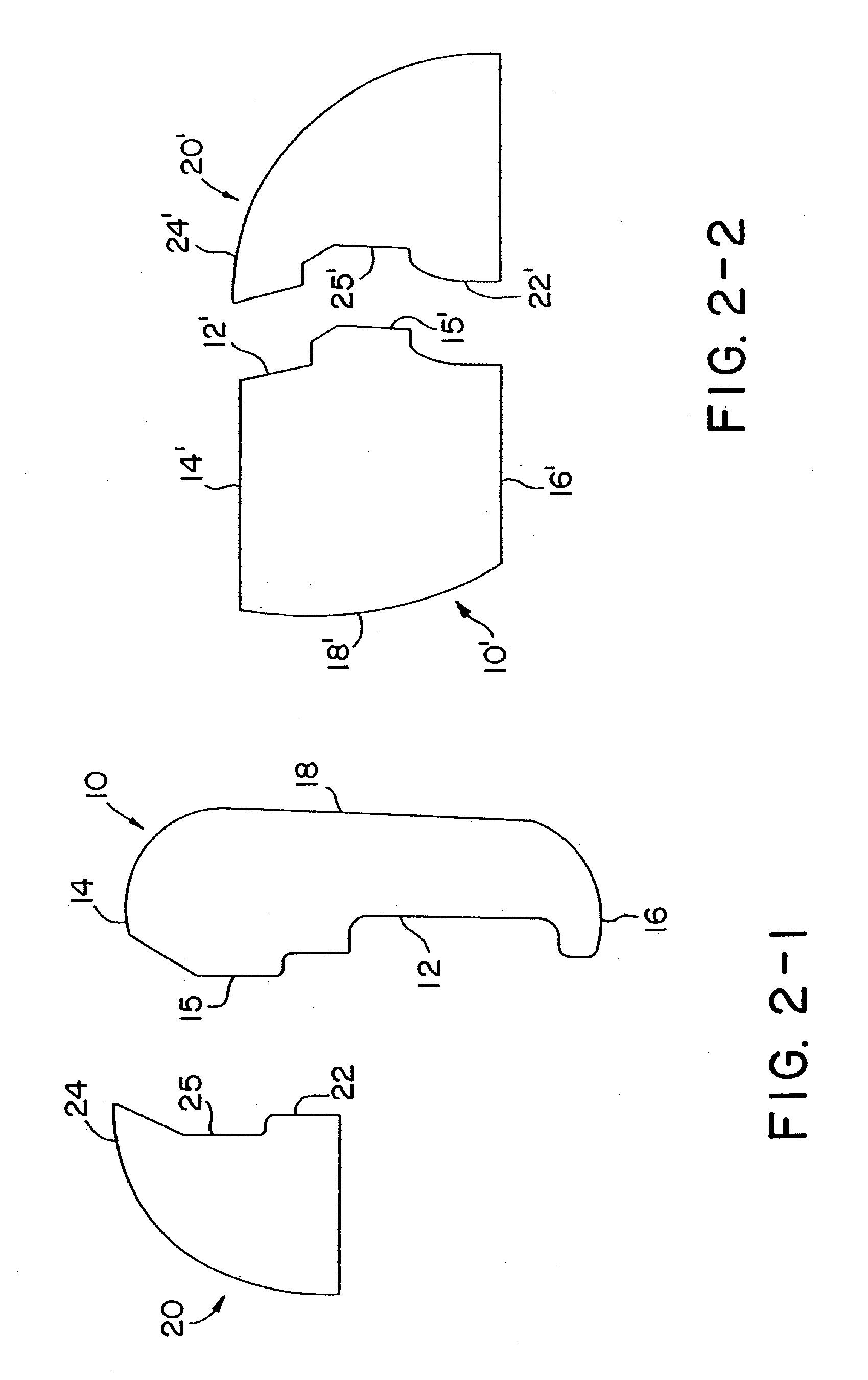Automatic suture fixation apparatus and method for minimally invasive cardiac surgery
a technology of automatic fixation and cardiac surgery, which is applied in the field of automatic fixation apparatus and minimally invasive cardiac surgery methods, can solve the problems of long heart valve replacement surgery, increased surgical time, and increased risk of complications, so as to reduce surgical time, improve patient's recovery prospects, and reduce the effect of tim
- Summary
- Abstract
- Description
- Claims
- Application Information
AI Technical Summary
Benefits of technology
Problems solved by technology
Method used
Image
Examples
Embodiment Construction
[0033] Referring to FIG. 1, an embodiment of the apparatus 1 is depicted including a first cylinder 10 and a second cylinder 20. The material for cylinders 10 and 20 is chosen to be bio-compatible and anti-thrombogenic. Cylinders 10 and 20 may be made from a suitable metal or plastic, such as Delrin® plastic, manufactured by E.I. DuPont de Nemours and Co. of Wilmington, Del., pyrolitic carbon, or a Titanium-Nickel (95%-5%) alloy. Cylinders 10 and 20 must sufficiently rigid to hold the replacement valve securely during its surgical insertion, but sufficiently flexible to allow second cylinder 20 to be snapped into place over first cylinder 10. Preferably, first cylinder 10 is slightly more rigid than second cylinder 20, so that second cylinder 20 may be snapped into place over first cylinder 10.
[0034] First cylinder 10 comprises an exterior surface 12 and an interior surface 18 and a second (or upper) end 14 and a first (or lower) end 16. Further, first cylinder 10 includes a first ...
PUM
 Login to View More
Login to View More Abstract
Description
Claims
Application Information
 Login to View More
Login to View More - R&D
- Intellectual Property
- Life Sciences
- Materials
- Tech Scout
- Unparalleled Data Quality
- Higher Quality Content
- 60% Fewer Hallucinations
Browse by: Latest US Patents, China's latest patents, Technical Efficacy Thesaurus, Application Domain, Technology Topic, Popular Technical Reports.
© 2025 PatSnap. All rights reserved.Legal|Privacy policy|Modern Slavery Act Transparency Statement|Sitemap|About US| Contact US: help@patsnap.com



